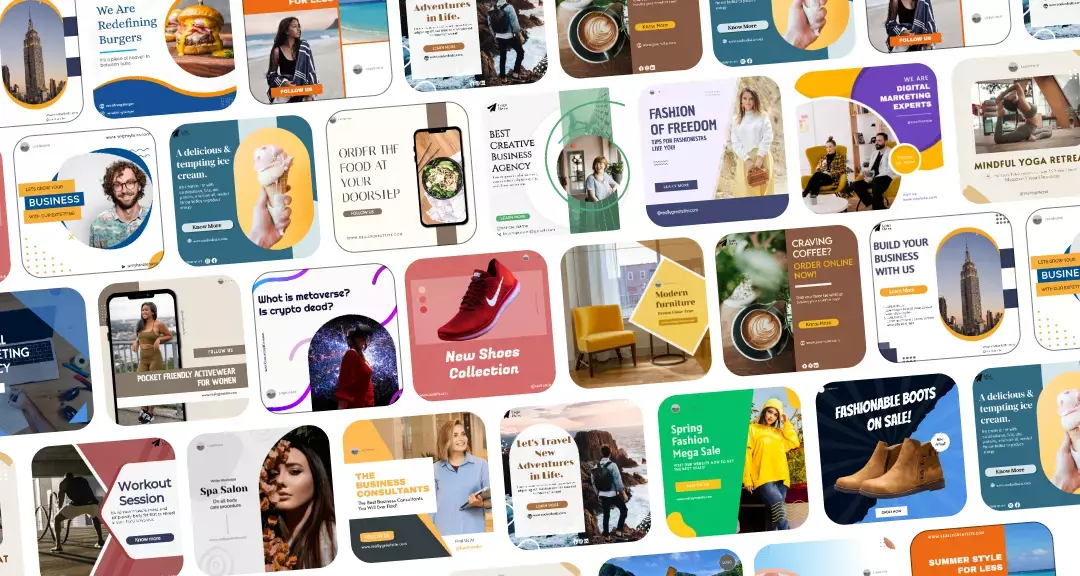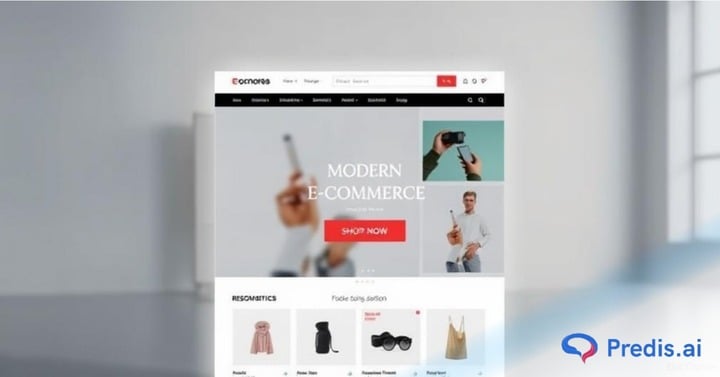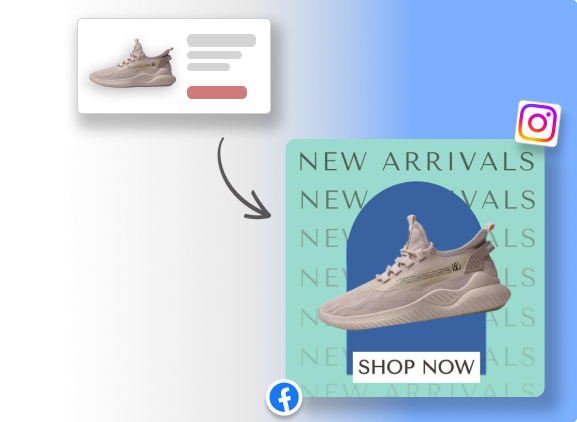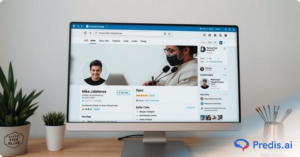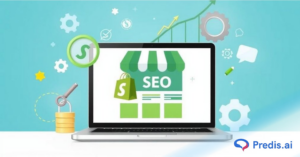It takes a mountain of effort to bring a spectator to your website with a purchase intent. But, it takes only a simple slip or a mistake to make them lose interest. How do you avoid this? It is by meticulously analyzing and implementing user experience optimization to give your consumers a smooth purchase experience. And that is what we are going to do in this article. We are going to dissect every UX aspect that can help you reduce cart abandonment rate and improve conversion rates.
So let us begin!
What is User Experience optimization, and why is it important?
User experience conversion optimization is the process of analyzing users’ experience on your website and removing any roadblocks they might face. By constantly evaluating and making the purchase process easy, you encourage users to complete a desired action. This can be anything from completing a purchase or signing up for your newsletter.
But why should we dedicate time to this? Is UX design a vital aspect in conversions?
Yes, it is! Did you know that 88% of consumers will not return to a site after one bad experience?
One misstep is all it takes for you to lose out on a business opportunity. Don’t want this to happen to you? Here are 9 steps you can take right now to improve your conversion rates!
9 Tips to improve the UX of your E-commerce store:
The best way to achieve anything is by not taking it at face value, but analyzing it to see if it fits your particular needs. So, we will detail here 9 steps that you can take to improve CRO, which you can pick and choose to adapt to your business.
1. Prioritizing user requirements
Having too many options will not help you if your store website does not have an intuitive design. To understand that, you need to analyse your users’ activity on your website and design your website with a streamlined approach.
Have clear menus and search functionality, and divide them into categories to help users navigate easily.
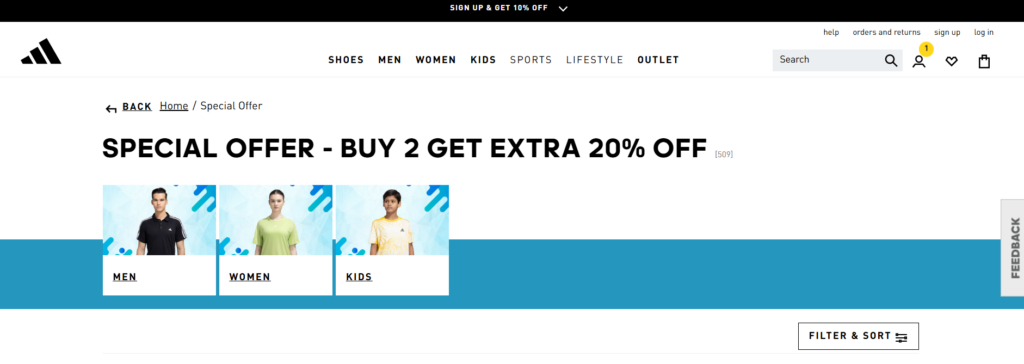
2. Having Too Many Choices
Don’t trust your customers when they say they like having lots of options. Because no one likes to make choices at every step of the way. Sometimes, we just want someone to step in and simplify the process.
Having to make too many choices can end up giving your users decision fatigue. They might get annoyed amid the purchase process and think this might not be worth the hassle.

⭐️⭐️⭐️⭐️⭐️
“Great App! Would Recommend to anyone looking to boost their social media posts.”
3. Show what they get
Pictures speak louder than words. So, take this chance to show your product in action.
Let’s face it, the convenience offered by online shopping is only overshadowed by the fact that we cannot touch, feel, and use the product. Which is why Amazon uses the augmented reality option that allows people to visualise the product in their living space.
Even if AR is not your thing, you can still show pictures and videos of your product, which can be a major selling point.
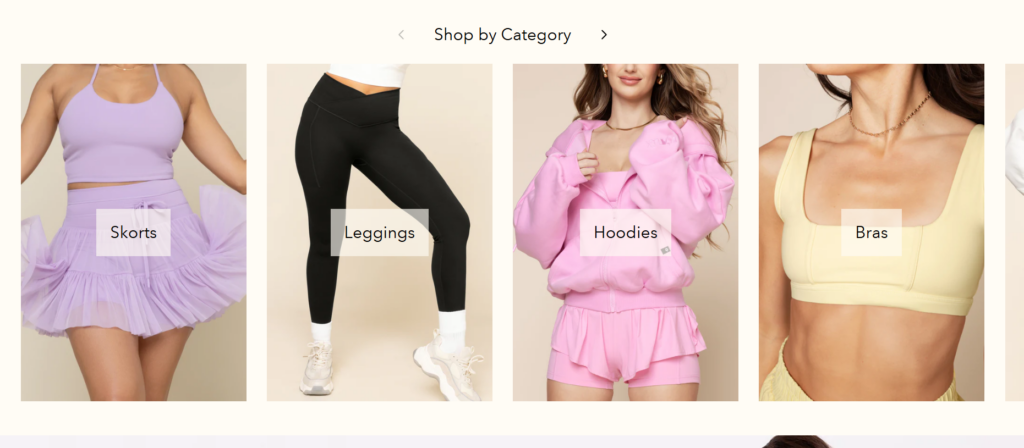
4. Have a smooth checkout process
Did you know that your customers are more likely to abandon a checkout process if they find it too lengthy or complicated?
While we understand your need to understand your buyers, long and annoying forms are not the way to go. Instead, ask fewer, high-impact questions.
Run user experience optimization tests to figure out any improvement areas. Having a seamless checkout process is a great way to ensure a good customer experience and boost conversions.
5. Run user experience tests
Perfectly optimized user experience? We don’t know her. There is always scope for improvement, and with user tests, you can uncover them.
You can run multivariate or A/B testing, which is nothing but creating a few versions of your pages. These pages can have different copy, headlines, or elements. After that, their performance can be compared to find which version performs better.
Usability testing is another possible way of finding flaws in your UX. You can get feedback from users, conduct remote sessions, or get recorded versions of user sessions.
6. Mobile Optimized
Users seldom start and finish their shopping on one device. They might start with their mobile phones and end up buying from their laptops.
So, having a website that is optimized well for all devices, such as laptops, mobiles, and tablets, is crucial to deliver a smooth experience. Even when A/B testing, make sure to check whether your website is working properly on both mobile and desktop.
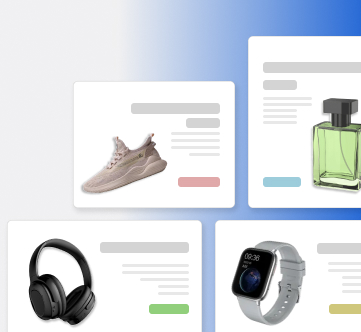
7. Return and Exchange Policy
Almost 18% of online shoppers abandoned their carts due to unsatisfactory return policies. Imagine if they couldn’t even find the policy! The disaster!
The biggest drawback of online shopping is that – what if I don’t like the product when it arrives?
And most often this rings true. In such cases, users want to know what your returns and shipping policy are. Having them clearly displayed gives your users reassurance, which becomes a motivator for them to purchase from your store.
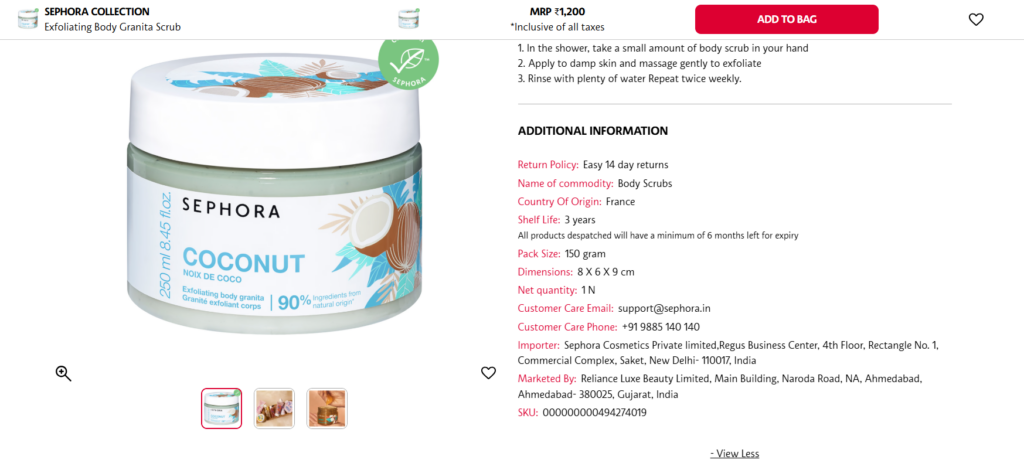
8. Place the Account Creation Step at the right time
We know how important it is to get your customers to create an account with your site.
But asking someone to create an account when they were just here to browse might prove detrimental. Chances are, they might choose your business is not worth the hassle and skip back.
So, choose the right time to prompt users to create an account with you. This can be anywhere where the user shows interest in your product. Additionally, educate them on how creating a profile can be beneficial to them as well.
For example, you can ask your users to create an account and get 20% off on their first purchase.
Look at the following sample, where Walmart asks you to sign up only after you add products to your cart and hit “Checkout”. At this point, you are more likely to fill out a sign-up form.
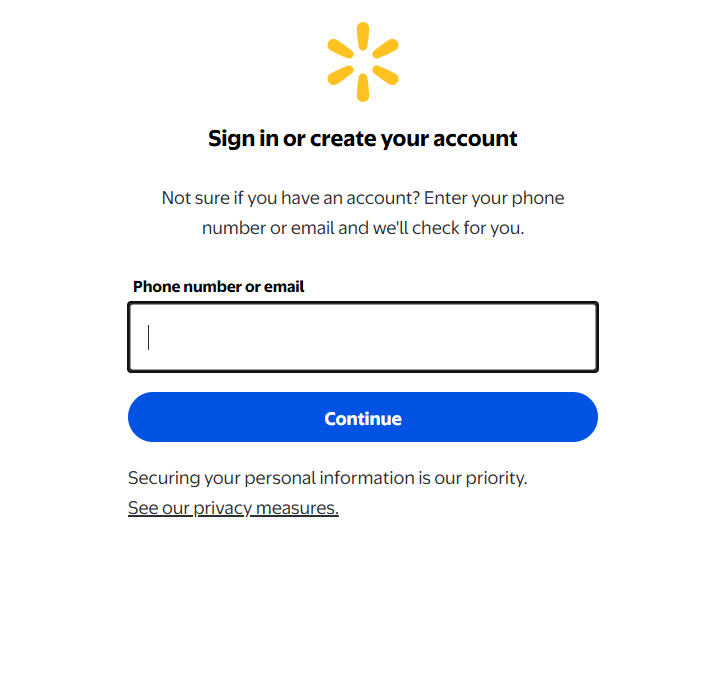
9. Competitor analysis
Your website becomes the best version of itself when you learn not just from your mistakes but also from the mistakes of others.
That’s why you need to be careful about monitoring competitors. So, go out and hit up your competitors’ websites. Find small things that they have adopted which you have not. Analyse how these small changes make a difference in user experience. And if you think your website will benefit from the said changes, then take the effort to implement them.
5 Benefits of UX Conversion Optimization:
Why is optimizing user experience worth the effort? What benefits do you reap by spending resources in this avenue? Let us break that down.
1. Enhanced User Experience
23% of people who had a nice user experience tend to share that with at least 10 more people.
With these statistics, it is clear that with a good user experience, you do not just get to convert your users. You get a positive review from them, which can bring more people to your site.
2. Boost Customer Retention
74% of people will return to a site that has a good UX design, and most of them tend to continue shopping.
Without a good UX design, you risk losing out on users who expressed interest in your product. Having a good design, on the other hand, can encourage users to return.
3. Reduce Bounce rate
Did you know that bounce rates are also a major ranking factor? If your bounce rates are through the roof, then Google will eventually bring your website down in SERP results.
And a bad UX can contribute to higher bounce rates. Why? When a user visits your website and cannot find the product they wanted, they will bounce.
But if you have your website optimized for search, have filters, and make your website intuitive, this issue will not arise.
Sell More via Social 💰
TRY FOR FREE4. Improved conversions
This is the most important benefit that you will reap from your E-commerce website when you have a good UX.
Because with a great UX, your users’ purchasing journey becomes a breeze, giving them little to no reason to abandon their cart.
5. Improved Acquisition cost
Tools like ReferralCandy also fit naturally into a strong UX strategy, since a seamless referral, affiliate, and influencer experience helps ecommerce brands lower acquisition costs by turning happy shoppers into a frictionless source of new customers.
When you convert every single user who arrives at your website, then with even less amount of traffic you can improve your conversion rate.
Which means, you do not have to spend a lot of your marketing budget towards getting new customers. This way, your cost per acquisition of a lead becomes low, thus improving your profit margin.
With tools like Predis AI, you can also make the lead acquisition process easy by automating your social media marketing with AI.
So sign up today for a free account to generate content for the whole month and schedule it with Predis AI.
Conclusion
An optimized user experience is a silent way you can gently persuade your user towards the checkout line. But if not taken adequate optimization steps, it can also become the largest roadblock in your user’s purchase journey.
Therefore, make sure to spend time optimizing your website so you can sit back and enjoy the results later!
